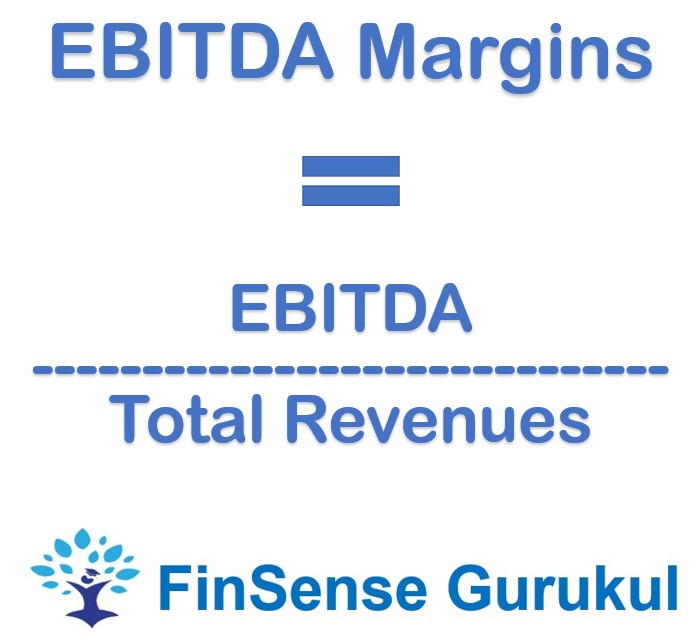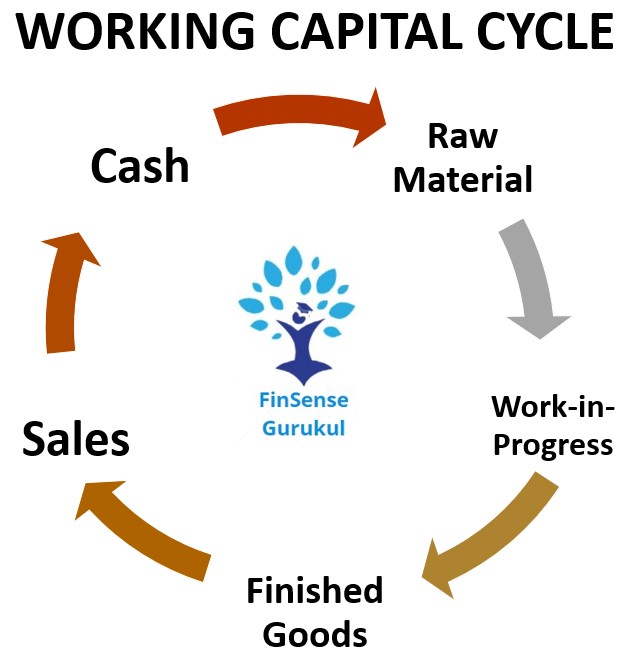
Thread: The Magic Formula by Joel Greenblatt
The author of the book "The Little Book that Still Beats The Market" Mr. Joel Greenblatt shared a formula to assist small investors to pick winning stocks. It combines two factors: Return on Capital and Earnings Yield. Dive in.
The author of the book "The Little Book that Still Beats The Market" Mr. Joel Greenblatt shared a formula to assist small investors to pick winning stocks. It combines two factors: Return on Capital and Earnings Yield. Dive in.
ROC is a ratio of Pre-tax operating profits (EBIT) to Net Tangible assets (net fixed assets + net working capital).
EBIT: Earnings before interests and taxes
Net fixed assets: Gross fixed assets - Depreciation
Net working capital: Current assets - Current liabilities
EBIT: Earnings before interests and taxes
Net fixed assets: Gross fixed assets - Depreciation
Net working capital: Current assets - Current liabilities
This ratio tells us how much capital is actually required by the company and how efficiently they are converting the investments into profits.
Earnings Yield is a ratio of EBIT to Enterprise Value
Enterprise Value: Market Capitalization + Debt - Cash
This ratio tells us how much money is expected to be made for every rupee invested in the share.
Let's try to find some companies to invest using this formula
Enterprise Value: Market Capitalization + Debt - Cash
This ratio tells us how much money is expected to be made for every rupee invested in the share.
Let's try to find some companies to invest using this formula
Application of the formula:
1) Find ROC and EY of the companies
2) Assign ranks to companies based on ROC and EY. Higher ROC and EY will get Rank 1.
3) Calculate combined rank & sort companies by preference to lowest ranks.
4) Invest in companies with the lowest combined ranks.
1) Find ROC and EY of the companies
2) Assign ranks to companies based on ROC and EY. Higher ROC and EY will get Rank 1.
3) Calculate combined rank & sort companies by preference to lowest ranks.
4) Invest in companies with the lowest combined ranks.
Conclusion: If we were to invest in any three companies, then those would be B Ltd., D Ltd. & C Ltd. respectively.
by @RJGyanchandani
by @RJGyanchandani
• • •
Missing some Tweet in this thread? You can try to
force a refresh







